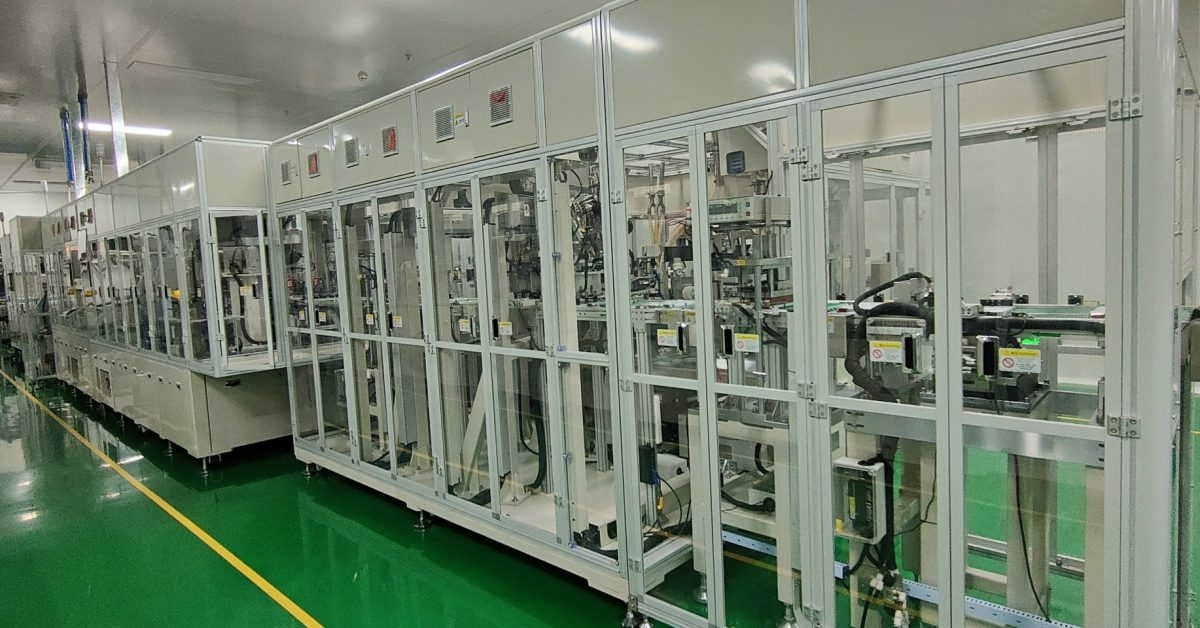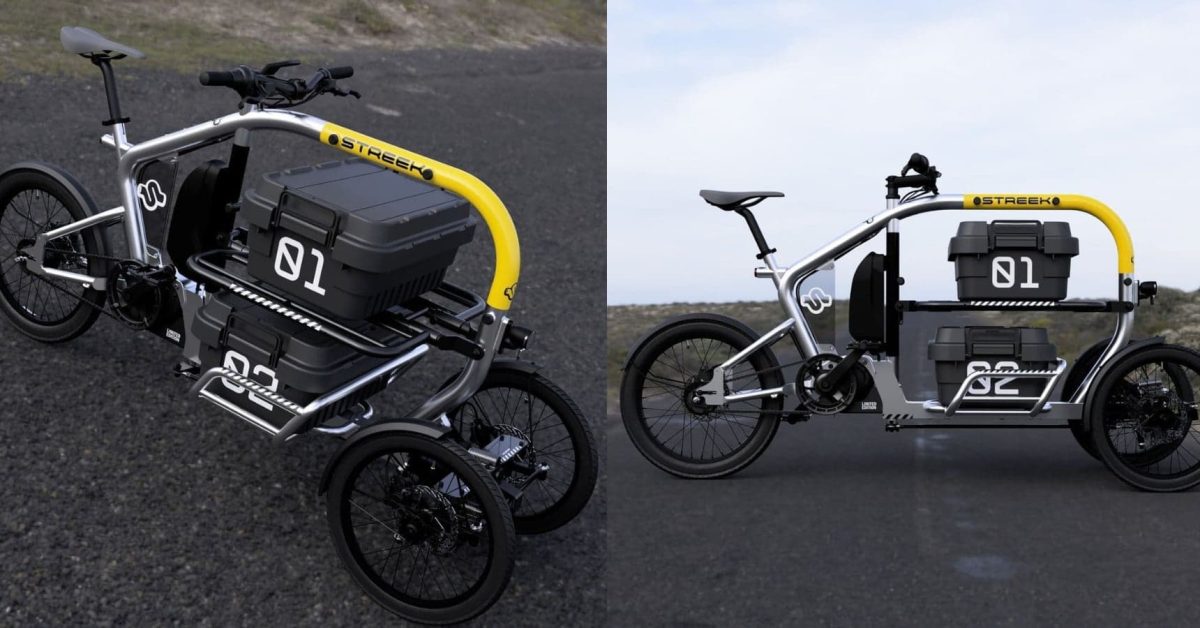- 49 Posts
- 26 Comments

 6·21 days ago
6·21 days agoThe body weighs around 360kg, with a 60kwh battery it supposedly weighs around 800kg (the smallest and lightest option is 25kwh), with a drag coefficient of 0.13.
In comparison to some of the most efficient cars - the Hyundai Ioniq 6 is around 1,860kg with a drag coefficient of 0.21. Tesla Model 3 is around 1760kg with a drag coefficient of 0.219.It’s going to be a whole lot more efficient than the average car just based on these numbers.
Now it depends on how much of the car’s surface will be covered by the solar panel and what’s the panel’s efficiency.

 161·21 days ago
161·21 days agoOr 43 miles in Aptera’s case

 5·28 days ago
5·28 days agoJust a rule of thumb for the future, don’t use a DRAMless QLC SSD as an OS drive.
Or even just a QLC SSD.

 7·28 days ago
7·28 days agoNewmaxx has a spreadsheet with details and recommendations - https://borecraft.com/
I’ve also been thinking of getting the NM790. Just take into account it has no DRAM.
deleted by creator

 4·1 month ago
4·1 month agoThis seems to be a step towards a solution / a solution.
Although there’s a company which has supposedly already solved it completely.
Oxford PV recently had a commercial sale of a perovskite solar panel with a 25 year guaranteeBy adapting the formulation and synthesis of the perovskite and the cell design and encapsulation optimization, Oxford PV succeeded in mitigating stability-related deficits and aims at providing future buyers of their modules with the industry-standard 25 year performance guarantee

 1·1 month ago
1·1 month agodeleted by creator

 14·2 months ago
14·2 months agoTheir previous study also goes into efficiency and cost.
One of the main advantages of firebricks is their low cost.

 9·2 months ago
9·2 months agoA bit more than half of the land used to grow corn for ethanol in the USA, is needed for a photovoltaic system to power the entire country according to Prof. Mark Z Jacobson (who calculated it according to 2050 energy needs after full electrification).

 18·2 months ago
18·2 months agoPhotovoltaics

 2·2 months ago
2·2 months agoFrom what I remember, in Zoom the meeting’s host needs to enable E2EE, it’s not automatic, and it disables a lot of Zoom’s features while also limiting the amount of participants.

 6·2 months ago
6·2 months agoI’ve seen them say their solar panels will provide more energy for the same amount of land at a lower cost.
But it doesn’t seem like their prices are publicly available yet.

 11·2 months ago
11·2 months agoI think it’s still interesting as it shows the potential.
And Oxford PV recently had a commercial sale of a perovskite solar panel with a 25 year guarantee
By adapting the formulation and synthesis of the perovskite and the cell design and encapsulation optimization, Oxford PV succeeded in mitigating stability-related deficits and aims at providing future buyers of their modules with the industry-standard 25 year performance guarantee

 4·3 months ago
4·3 months agoFrom the article, it looks like the focus is on the more relevant parts for hydrogen, the chemical and steel industries.
Those and long haul vehicles (planes and ships) seem like the places where hydrogen is more relevant / the only realistic option at the moment.

 4·3 months ago
4·3 months agoCopying from a previous comment of mine:
https://doi.org/10.1039/D2SE00096B
By adapting the formulation and synthesis of the perovskite and the cell design and encapsulation optimization, Oxford PV succeeded in mitigating stability-related deficits and aims at providing future buyers of their modules with the industry-standard 25 year performance guarantee

 9·3 months ago
9·3 months agoThe difference here is in the efficiency of the system.
And that this is an aquaponics system, which includes growing both fish and vegetables.After more than two years of testing, Prof. Gross’s system demonstrated 1.6 times higher plant areal productivity, 2.1 times lower water usage and 16% less energy consumption per kilogram of feed than conventional systems. His calculations suggest that upscaling to about one ton of fish will allow operation of the system with no need for external energy, less than 1% water exchange, negligible waste production as well as significant carbon sequestration.

 3·3 months ago
3·3 months agoI’m not sure what challenges wave power faces that tidal doesn’t, but the Rance tidal power station in France has been operating since 1966.

 1·3 months ago
1·3 months agoCorPower Ocean announces wave energy breakthrough in Portuguese waters from March.
Edit: There’s also Eco Wave Power Commences Sending of Clean Electricity to the Israeli National Electrical Grid from January.
Edit2: There’s the 254MW Sihwa tidal power station
Tidal power plants aren’t a new technology though, so I’m guessing you meant wave power.

 11·3 months ago
11·3 months agodeleted by creator



That’s a weird comparison to make. The Aptera is smaller and uses different materials.
Afaik it’s going to be classified as a motorcycle in many states in the USA, but they’re still aiming for a high rating. I know they have crumple zones and a safety cell made from composites akin to F1 cars.
Whether what they’re planning will be enough, we’ll only know for sure once they test it.
The math works quite well as long as the information is accurate.
Of course things can always turn up to be different in the end product.
But from the information we have now, ~4 hours of good sunlight conditions will be enough for 43 miles.